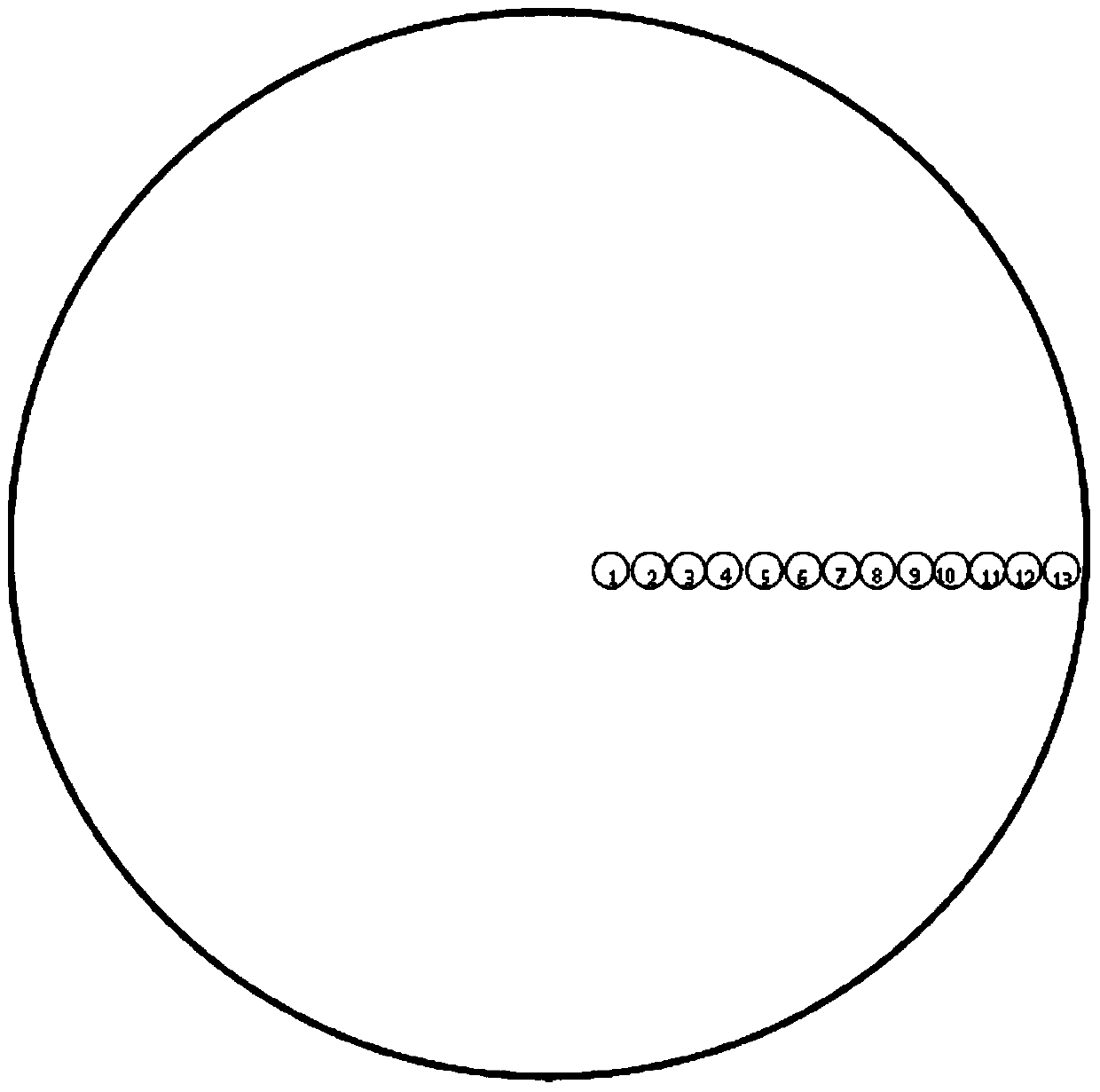lithium secondary battery
A lithium secondary battery and non-aqueous electrolyte technology, which is applied in lithium storage batteries, battery electrodes, non-aqueous electrolyte storage batteries, etc., can solve the problems of reduced output and charge/discharge performance, high demand for lithium secondary battery technology, and achieve Effects of improved charge/discharge capacity and output, improved low-temperature characteristics, and excellent performance
- Summary
- Abstract
- Description
- Claims
- Application Information
AI Technical Summary
Problems solved by technology
Method used
Image
Examples
Embodiment 1
[0080]
[0081] A Ti-doped lithium-metal oxide (hereinafter CAM1) having a concentration gradient region of nickel and manganese in the middle part between the center part and the surface part is used as an anode active material, and the overall composition of the lithium-metal oxide is for LiNi 0.80 co 0.10 mn 0.10 o 2 , the composition of the central part is LiNi 0.83 co 0.10 mn 0.07 o 2 , the composition of the surface part is LiNi 0.78 co 0.10 mn 0.12 o 2 ; Superconducting acetylene carbon black (DenKa Black) is used as a conductive material; polyvinylidene fluoride (PVDF) is used as a binder, and after preparing the anode slurry with each mass ratio of 92:5:3, The prepared anode slurry is coated on an aluminum substrate, and then dried and pressed to obtain an anode.
[0082] For reference, the concentration gradient of the lithium-metal oxide used is shown in Table 1 below, and the concentration measurement position is as follows figure 1 shown in . The me...
Embodiment 2-30
[0092] A battery was prepared in the same manner as in Example 1 except for changing the type and concentration of the transition metal doped in the anode active material.
[0093] The types and concentrations of transition metals are described in Table 3 below.
Embodiment 31-40
[0095] In the same manner as in Example 1, except that a lithium-metal oxide doped with a transition metal (hereinafter CAM2) having a concentration gradient region of nickel and manganese in the region between the central part and the surface part was used as an anode active material Prepare the battery, the overall composition of the lithium-metal oxide is LiNi 0.80 co 0.11 mn 0.09 o 2 , the composition of the central part is LiNi 0.8 co 0.11 mn 0.088 o 2 , the composition of the surface part is LiNi 0.77 co 0.11 mn 0.12 o 2 .
[0096] For reference, the concentration gradient of the lithium-metal oxide used is shown in Table 2 below, and the concentration measurement position is as follows figure 1 shown in . The measurement position was measured at intervals of 0.4 μm from the center of the lithium-metal oxide particle whose distance from the center of the particle to the surface was 4.8 μm.
[0097] The cross-sectional scanning electron micrograph of the anod...
PUM
 Login to View More
Login to View More Abstract
Description
Claims
Application Information
 Login to View More
Login to View More - R&D
- Intellectual Property
- Life Sciences
- Materials
- Tech Scout
- Unparalleled Data Quality
- Higher Quality Content
- 60% Fewer Hallucinations
Browse by: Latest US Patents, China's latest patents, Technical Efficacy Thesaurus, Application Domain, Technology Topic, Popular Technical Reports.
© 2025 PatSnap. All rights reserved.Legal|Privacy policy|Modern Slavery Act Transparency Statement|Sitemap|About US| Contact US: help@patsnap.com



